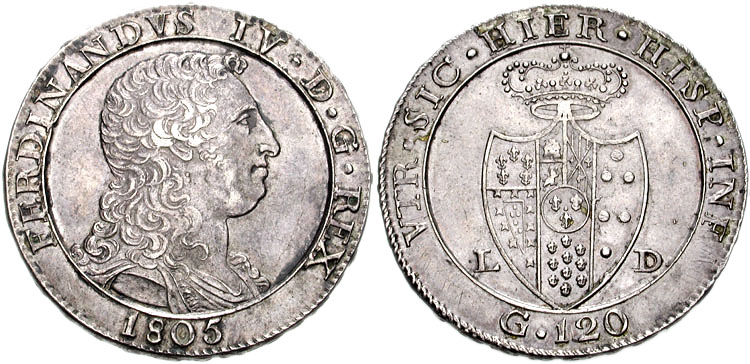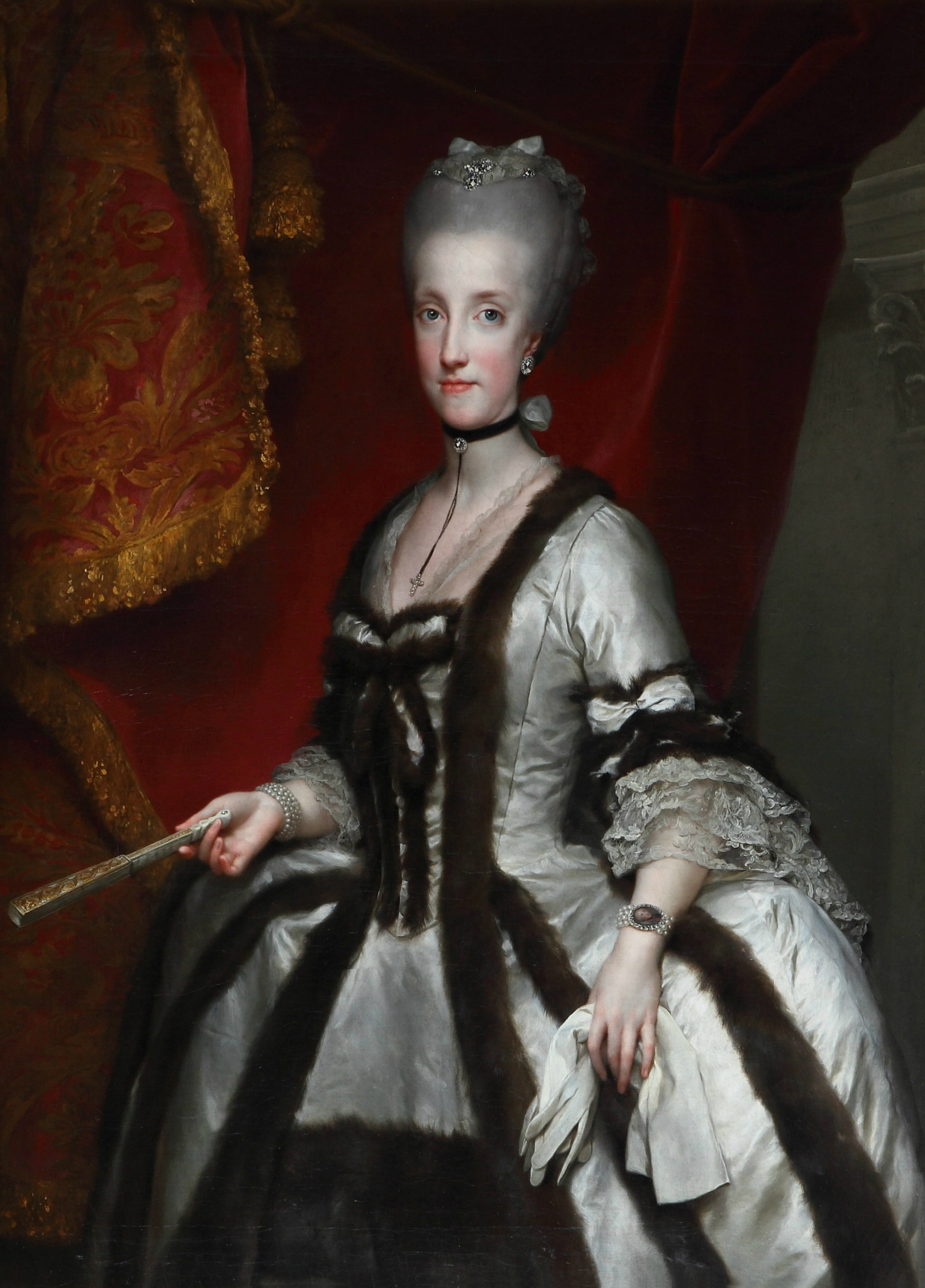|
Harvest Time At Carditello
''Harvest Time at Carditello'' is a 1791 oil on canvas painting by Jakob Philipp Hackert Jacob Philipp Hackert (15 September 1737 – 28 April 1807) was a landscape painter from Brandenburg, who did most of his work in Italy. Biography Hackert was born in 1737 in Prenzlau in the Margraviate of Brandenburg (now in Germany). He t ..., who had become a painter to the royal court at Naples. In 1791 he was commissioned to paint frescoes in the 'salottino' of the manorhouse at Carditello, but the cycle was partly destroyed by anti-Bourbon figures following the unification of Italy. The painting depicts Ferdinand I of the Two Sicilies and his wife Maria Carolina of Austria standing or sitting under a tree in outdoor country clothes as the peasants busy themselves with the harvest.. The work is now in the National Museum of Capodimonte in Naples, Italy. Sources *https://web.archive.org/web/20150924075423/http://www.polomusealenapoli.beniculturali.it/museo_cp/museo_cp.html * ... [...More Info...] [...Related Items...] OR: [Wikipedia] [Google] [Baidu] |
Jakob Philipp Hackert
Jacob Philipp Hackert (15 September 1737 – 28 April 1807) was a landscape painter from Brandenburg, who did most of his work in Italy. Biography Hackert was born in 1737 in Prenzlau in the Margraviate of Brandenburg (now in Germany). He trained with his father Philipp (a portraitist and painter of animals) and his uncle, before going to the Prussian Academy of Arts in Berlin in 1758. Later he traveled to Swedish Pomerania and Stockholm, at the invitation of Adolf Friedrich von Olthof, a Swedish government official and businessman. For a time, he lived with Von Olthof and painted decorative murals at his estate. He spent from 1765 to 1768 in Paris with the Swiss artist Balthasar Anton Dunker, where he focused on painting in gouache. He met and was inspired by Claude Joseph Vernet, who was already famous as a painter of landscapes and seascapes, and the German engraver Johann Georg Wille. In 1768 Hackert left Paris with his brother Georg, and went to Italy, basing himself ... [...More Info...] [...Related Items...] OR: [Wikipedia] [Google] [Baidu] |
Museo Di Capodimonte
Museo di Capodimonte is an art museum located in the Palace of Capodimonte, a grand Bourbon palazzo in Naples, Italy. The museum is the prime repository of Neapolitan painting and decorative art, with several important works from other Italian schools of painting, and some important ancient Roman sculptures. It is one of the largest museums in Italy. The museum was inaugurated in 1957. History The vast collection at the museum traces its origins back to 1738. During that year King Charles VII of Naples and Sicily (later Charles III, king of Spain) decided to build a hunting lodge on the Capodimonte hill, but then decided that he would instead build a grand palace, partly because his existing residence, the Palace of Portici, was too small to accommodate his court, and partly because he needed somewhere to house the fabulous Farnese art collection which he had inherited from his mother, Elisabetta Farnese, last descendant of the sovereign ducal family of Parma. Over th ... [...More Info...] [...Related Items...] OR: [Wikipedia] [Google] [Baidu] |
Ferdinand I Of The Two Sicilies
Ferdinand I (12 January 1751 – 4 January 1825) was the King of the Two Sicilies from 1816, after his restoration following victory in the Napoleonic Wars. Before that he had been, since 1759, Ferdinand IV of the Kingdom of Naples and Ferdinand III of the Kingdom of Sicily. He was also King of Gozo. He was deposed twice from the throne of Naples: once by the revolutionary Parthenopean Republic for six months in 1799 and again by Napoleon in 1805, before being restored in 1816. Ferdinand was the third son of King Charles VII of Naples and V of Sicily by his wife, Maria Amalia of Saxony. On 10 August 1759, Charles succeeded his elder brother, Ferdinand VI, becoming King Charles III of Spain, but treaty provisions made him ineligible to hold all three crowns. On 6 October, he abdicated his Neapolitan and Sicilian titles in favour of his third son, because his eldest son Philip had been excluded from succession due to imbecility and his second son Charles was heir-apparent to t ... [...More Info...] [...Related Items...] OR: [Wikipedia] [Google] [Baidu] |
Maria Carolina Of Austria
Maria Carolina Louise Josepha Johanna Antonia (13 August 1752 – 8 September 1814) was List of consorts of Naples, Queen of Naples and List of Sicilian consorts, Sicily as the wife of King Ferdinand I of the Two Sicilies. As ''de facto'' ruler of her husband's kingdoms, Maria Carolina oversaw the promulgation of many reforms, including the revocation of the ban on Freemasonry, the enlargement of the navy under her favorite, Sir John Acton, 6th Baronet, Sir John Acton and the expulsion of Spanish influence. She was a proponent of enlightened absolutism until the advent of the French Revolution, when, in order to prevent its ideas gaining currency, she made Naples a police state. Born an archduchess of Austria, the thirteenth child of Empress Maria Theresa and Francis I, Holy Roman Emperor, Emperor Francis I, Maria Carolina married Ferdinand as part of an Austrian alliance with Spain, of which Charles III of Spain, Ferdinand's father was king. Following the birth of a male heir in ... [...More Info...] [...Related Items...] OR: [Wikipedia] [Google] [Baidu] |
National Museum Of Capodimonte
Museo di Capodimonte is an art museum located in the Palace of Capodimonte, a grand Bourbon palazzo in Naples, Italy. The museum is the prime repository of Neapolitan painting and decorative art, with several important works from other Italian schools of painting, and some important ancient Roman sculptures. It is one of the list of largest art museums, largest museums in Italy. The museum was inaugurated in 1957. History The vast collection at the museum traces its origins back to 1738. During that year King Charles VII of Naples and Sicily (later Charles III, king of Spain) decided to build a hunting lodge on the Capodimonte hill, but then decided that he would instead build a grand palace, partly because his existing residence, the Palace of Portici, was too small to accommodate his court, and partly because he needed somewhere to house the fabulous Farnese art collection which he had inherited from his mother, Elisabetta Farnese, last descendant of the sovereign ducal f ... [...More Info...] [...Related Items...] OR: [Wikipedia] [Google] [Baidu] |
1791 Paintings
Events January–March * January 1 – Austrian composer Joseph Haydn arrives in England, to perform a series of concerts. * January 2 – Northwest Indian War: Big Bottom Massacre – The war begins in the Ohio Country, with this massacre. * January 12 – Holy Roman troops reenter Liège, heralding the end of the Liège Revolution, and the restoration of its Prince-Bishops. * January 25 – The British Parliament passes the Constitutional Act 1791, splitting the old province of Quebec into Upper and Lower Canada. * February 8 – The Bank of the United States, based in Philadelphia, is incorporated by the federal government with a 20-year charter and started with $10,000,000 capital.''Harper's Encyclopaedia of United States History from 458 A. D. to 1909'', ed. by Benson John Lossing and, Woodrow Wilson (Harper & Brothers, 1910) p169 * February 21 – The United States opens diplomatic relations with Portugal. * March 2 – F ... [...More Info...] [...Related Items...] OR: [Wikipedia] [Google] [Baidu] |
Paintings In The Museo Di Capodimonte
Painting is the practice of applying paint, pigment, color or other medium to a solid surface (called the "matrix" or "support"). The medium is commonly applied to the base with a brush, but other implements, such as knives, sponges, and airbrushes, can be used. In art, the term ''painting ''describes both the act and the result of the action (the final work is called "a painting"). The support for paintings includes such surfaces as walls, paper, canvas, wood, glass, lacquer, pottery, leaf, copper and concrete, and the painting may incorporate multiple other materials, including sand, clay, paper, plaster, gold leaf, and even whole objects. Painting is an important form in the visual arts, bringing in elements such as drawing, composition, gesture (as in gestural painting), narration (as in narrative art), and abstraction (as in abstract art). Paintings can be naturalistic and representational (as in still life and landscape painting), photographic, abstract ... [...More Info...] [...Related Items...] OR: [Wikipedia] [Google] [Baidu] |
Dogs In Art
Cultural depictions of dogs in art has become more elaborate as individual breeds evolved and the relationships between human and canine developed. Hunting scenes were popular in the Middle Ages and the Renaissance. Dogs were depicted to symbolize guidance, protection, loyalty, fidelity, faithfulness, alertness, and love. As dogs became more domesticated, they were shown as companion animals, often painted sitting on a lady's lap. Throughout art history, mainly in Western art, there is an overwhelming presence of dogs as status symbols and pets in painting. The dogs were brought to houses and were allowed to live in the house. They were cherished as part of the family, and were regarded highly by the upper classes, who used them for hunting and could afford to feed them. Hunting dogs were generally connected to the aristocracy. Only the nobility were allowed to keep hunting dogs, and this would signal status. Dog portraits became increasingly popular in the 18th century, an ... [...More Info...] [...Related Items...] OR: [Wikipedia] [Google] [Baidu] |




